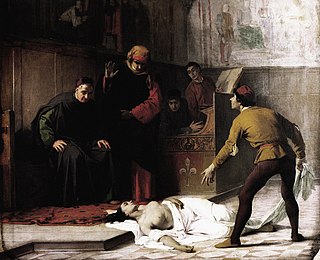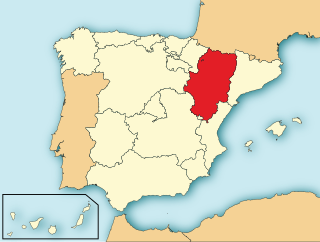Africa
- Mamluk Sultanate of Egypt – Jaqmaq (1438–1453)
- Ethiopian Empire – Zara Yaqob (1434–1468)

The Mamluk Sultanate was a medieval realm spanning Egypt, the Levant, and Hejaz. It lasted from the overthrow of the Ayyubid dynasty until the Ottoman conquest of Egypt in 1517. Historians have traditionally broken the era of Mamlūk rule into two periods—one covering 1250–1382, the other, 1382–1517. Western historians call the former the "Baḥrī" period and the latter the "Burjī" due to the political dominance of the regimes known by these names during the respective eras. Contemporary Muslim historians refer to the same divisions as the "Turkic" and "Circassian" periods in order to stress the change in the ethnic origins of the majority of Mamlūks.

The Ethiopian Empire, also known by the exonym "Abyssinia", or just simply Ethiopia was a kingdom that spanned a geographical area in the current states of Eritrea and Ethiopia. It began with the establishment of the Solomonic dynasty from approximately 1270 and lasted until 1974, when the ruling Solomonic dynasty was overthrown in a coup d'état by the Derg.
Zar'a Ya`qob or Zera Yacob was the Emperor of Ethiopia, and a member of the Solomonic dynasty who ruled under regnal name Kwestantinos I or Constantine I, from the old province of Shewa, where the capital of the Amhara emperors was located before the post-16th-century Oromo migrations and the destructive war with Gran Ahmad. Born at Telq in the province of Fatajar, Zara Yaqob was the youngest son of Dawit I and his youngest wife, Igzi Kebra.










